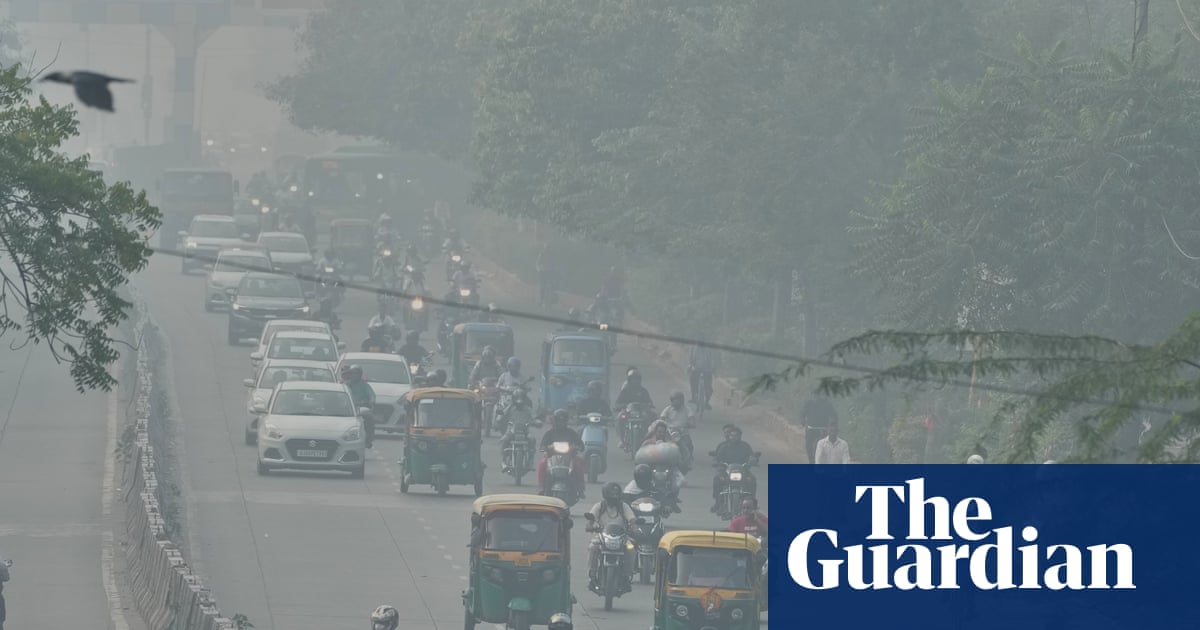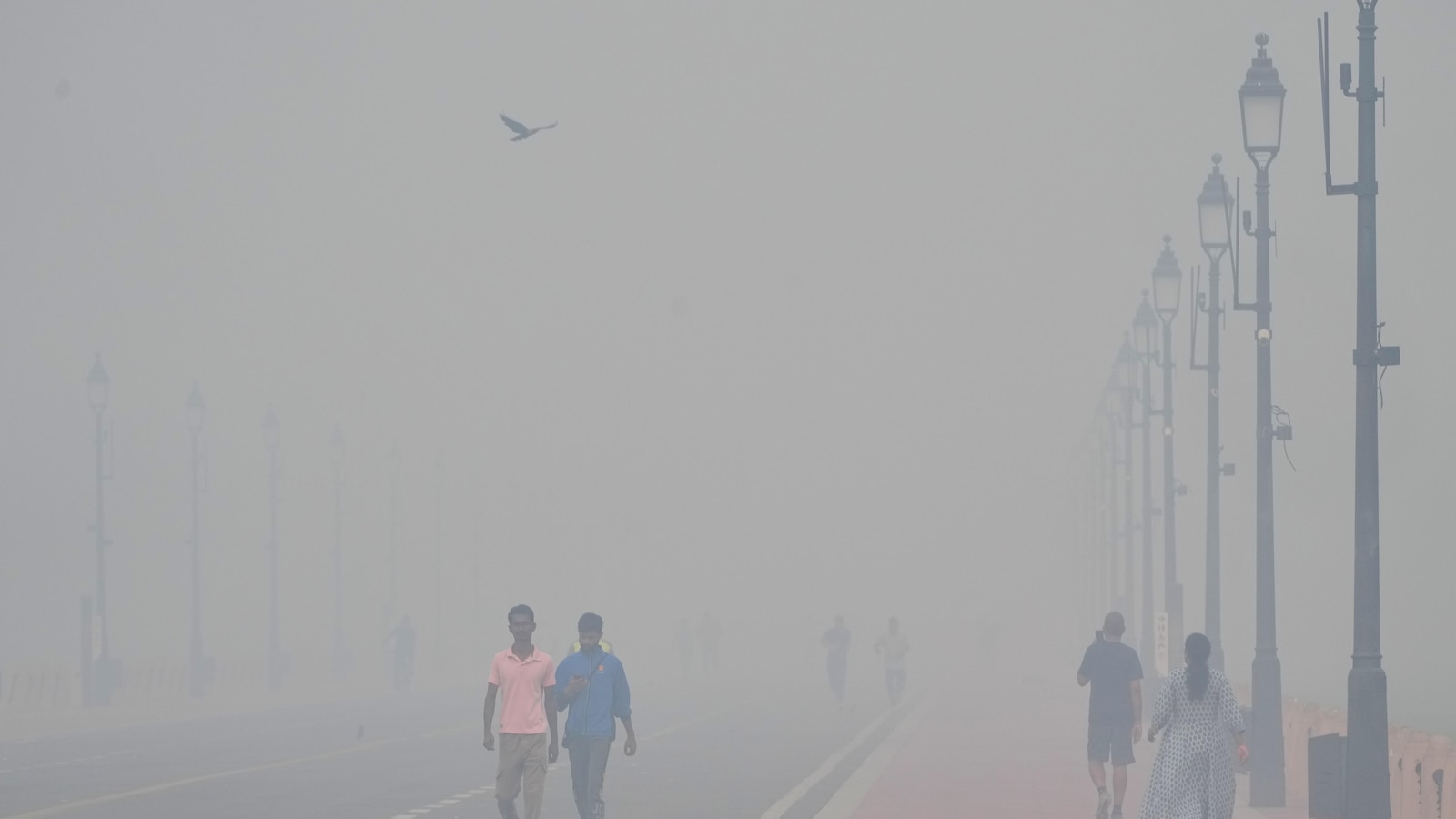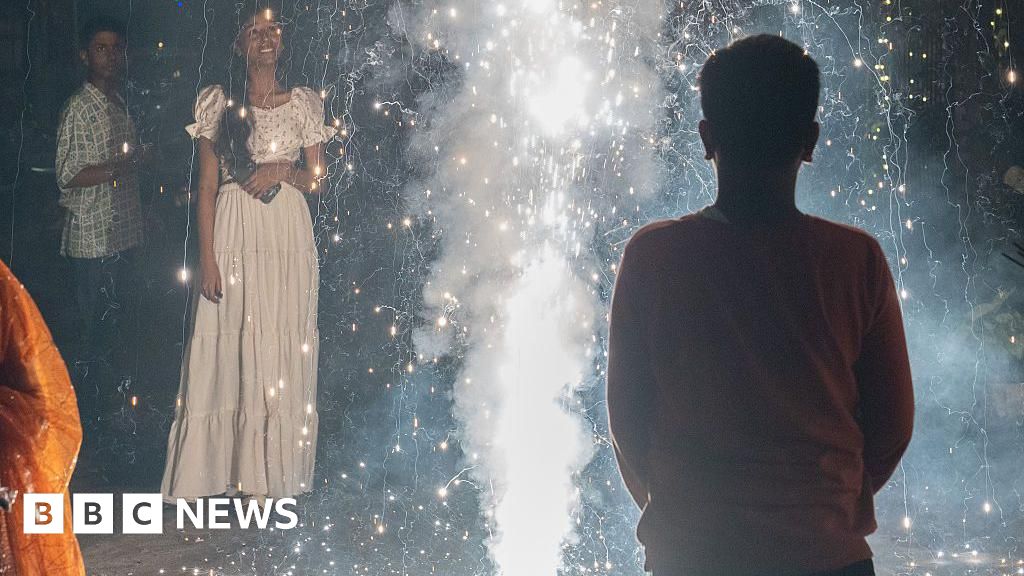New Delhi Chokes Under Hazardous Smog After Diwali Fireworks
New Delhi experienced hazardous air pollution and thick smog after Diwali celebrations, with air quality reaching critical levels due to widespread firecracker use despite existing bans and mitigation efforts.
Overview
- New Delhi was blanketed in thick, hazardous smog following Diwali celebrations, with air quality index levels soaring above 350 in several neighborhoods.
- Visibility significantly dropped across the city, enveloping streets, high-rises, and historical monuments in a dense gray haze due to the post-Diwali pollution.
- Despite a ban on firecrackers in Delhi since 2020, India's top court eased restrictions for Diwali, allowing limited use of 'green firecrackers' which still contributed to the toxic haze.
- Authorities implemented measures like limiting construction activity and restricting diesel generators to curb pollution, but these were insufficient against the post-Diwali firecracker emissions.
- New Delhi consistently ranks among the world's most polluted cities during winter, highlighting the urgent need for long-term solutions to address this yearly environmental crisis.
Report issue

Read both sides in 5 minutes each day
Analysis
Center-leaning sources frame this story by emphasizing the severe and dangerous nature of New Delhi's post-Diwali smog, using terms like 'hazardous' and 'annual crisis.' They highlight the widespread disregard for firecracker regulations, stating the court's rule was 'mostly flouted,' and focus on the broad negative impacts on health, visibility, and even solar power generation, underscoring the persistent environmental challenge.
Articles (6)
Center (3)
FAQ
Authorities have implemented measures such as limiting construction activity and restricting the use of diesel generators. However, these efforts were insufficient against the pollution caused by firecrackers during Diwali.
Air pollution worsened due to the widespread use of firecrackers, despite existing bans. The Supreme Court allowed limited use of 'green firecrackers' for Diwali, which still significantly contributed to pollution.
New Delhi consistently ranks among the world's most polluted cities, particularly during winter. This recurring pollution poses significant health risks and environmental challenges, emphasizing the need for effective long-term solutions.
History
- This story does not have any previous versions.




